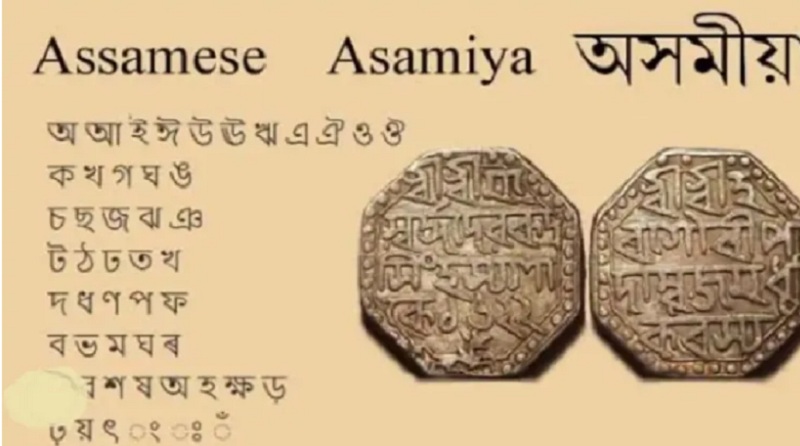Guwahati: The Union Cabinet has approved the recognition of five more Indian languages –Assamese, Bengali, Marathi, Pali, and Prakrit –as “classical” languages.
“Today, five languages – Marathi, Pali, Prakrit, Assamese, and Bengali – have been approved as classical languages,” Union Minister Ashwini Vaishnaw said on Thursday, expanding the nation’s list of culturally significant tongues.
This brings the total number of recognized classical languages in India to 11. These languages join the ranks of six other languages already recognised as classical— Tamil, Sanskrit, Telugu, Kannada, Malayalam, and Odia.
The classification ensures increased academic and cultural interest, and it opens up new avenues for research and preservation of these ancient tongues.
Taking to X, Assam chief minister Himanta Biswa Sarma expressed his gratitude on Assamese’s inclusion as a classical language.
“On behalf of the people of Assam, I extend my gratitude to Hon’ble Prime Minister Shri Narendra Modi Ji and the entire Union Cabinet for the historic decision to accord Assamese the status of Classical Language,” Sarma posted.
“This exemplifies the unique civilisational roots of Assam that have withstood the test of time. With today’s decision, we shall be able to better preserve our beloved mother tongue, that not only unites our society but also forms an unbroken link to the ancient wisdom of Assam’s saints, thinkers, writers, and philosophers,” he said.
The decision to grant classical language status to these five languages comes after years of advocacy. Maharashtra, for instance, had been pushing for the recognition of Marathi as a classical language since 2014.
The recognition of a classical language is based on criteria established by a Linguistic Experts Committee.
A language must meet several criteria, including, a long history with early texts dating back 1,500-2,000 years, a body of ancient literature considered a heritage by generations of speakers, knowledge texts, such as prose texts, epigraphical, and inscriptional evidence and a distinct identity from its current form or later offshoots to qualify for classical language status.
ALSO READ: Assam: Eight products of Bodo tribe including ‘Aronai’ secure GI Tags
While Assamese is widely spoken in Assam, Bengali in West Bengal and Tripura besides Bangladesh, and Marathi in Maharashtra, Pali is primarily used in certain regions of India and other countries like Laos, Myanmar, Sri Lanka, Thailand, and Vietnam.















